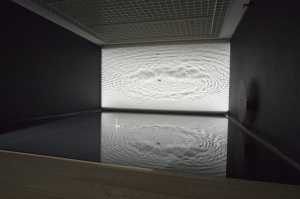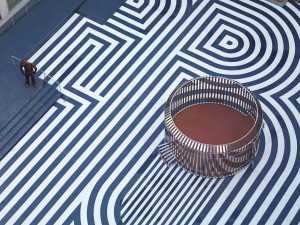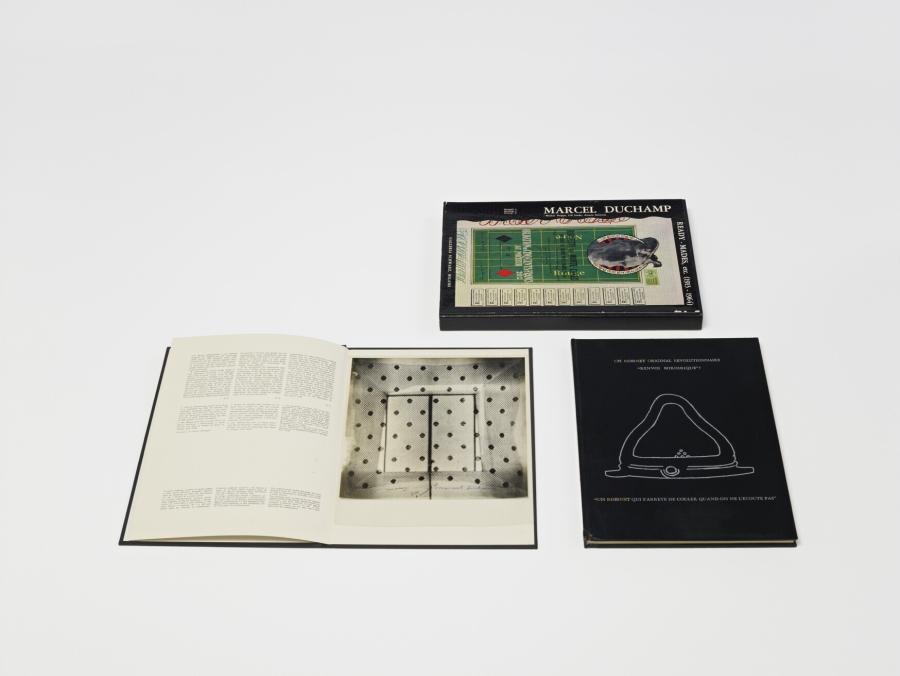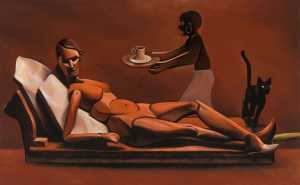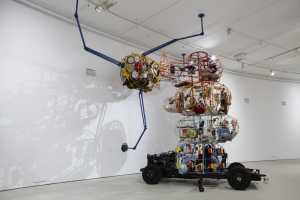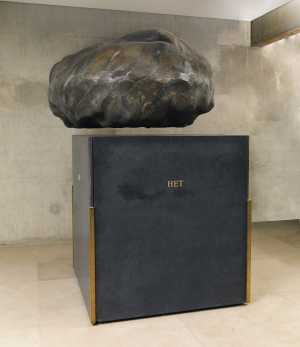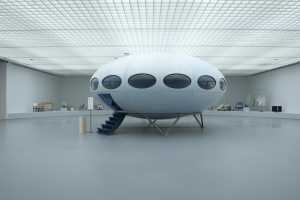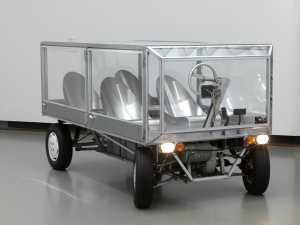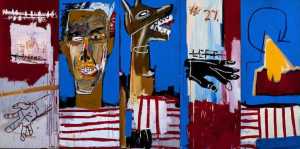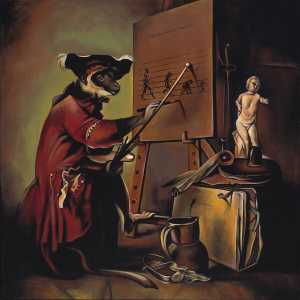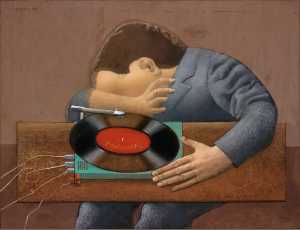Specifications
| Title | Marcel Duchamp, Ready-Mades etc. (1913-1964) |
|---|---|
| Material and technique | Leatherette, linen, cardboard, paper, letterpress and gelatin silver print on film |
| Object type |
Assemblage
> Three-dimensional object
> Art object
|
| Location | This object is in storage |
| Artists |
Artist:
Marcel Duchamp
|
|---|---|
| Accession number | MB 1990/5 a-d (MK) |
| Credits | Purchased 1990 |
| Department | Modern Art |
| Acquisition date | 1990 |
| Creation date | in 1964 |
| Provenance | Antiquariat Buchhandel M. und U. Fricke, Düsseldorf 1990 |
| Exhibitions | Rotterdam 2013-14b |
| Internal exhibitions |
Marcel Duchamp, Kunstenaar - Knutselaar (2013) |
| Research |
Show research Digitising Contemporary Art Show research A dream collection - Surrealism in Museum Boijmans Van Beuningen |
| Literature | Naumann 1999, pp. 238, 245, 260; Schwarz 2000, p. 834, cat. no. 594; Marcadé 2007, pp. 481-82 |
| Material | |
| Object | |
| Technique |
Gelatine silver print
> Bromide print
> Photographic printing technique
> Mechanical
> Planographic printing
> Printing technique
> Technique
> Material and technique
Letterpress
> Manual
> Relief printing techniques
> Printing technique
> Technique
> Material and technique
|
| Geographical origin | France > Western Europe > Europe |



